- January 8, 2023
- 1 Comment
- Affiliate Marketing, Business Opportunity, Online Marketing
Are you ready to take the plunge and start your own ecommerce business? If you’re eager to get started and want to know the steps necessary to make your business a success, you’ve come to the right place. In this blog post, we’ll provide you with a step-by-step guide on how to start an ecommerce business from scratch. We’ll cover everything from business planning and product selection to marketing and customer service. By the end of this blog post, you’ll have the information and resources you need to launch a successful ecommerce business. Let’s get started!
Define Your Ecommerce Business Model
If you’re looking to start an ecommerce business from scratch, the first step is to define your business model. What products or services do you want to offer? What type of customer do you want to serve? How do you plan on competing in the market? All these questions will help you create a foundation for your ecommerce business.
The first step is to identify the products or services you want to offer. Think about what niche or market you want to target, and research to see if there is a demand for what you’re offering. It’s important to make sure that the products or services you’re offering are in line with your brand’s mission and values.
Next, you’ll want to research your target market and competition. What type of customer do you want to serve? Who are your competitors? What do they offer that you don’t? It’s important to have a good understanding of the ecommerce landscape to ensure that you’re positioning your business in the right place.
Once you have a good understanding of your target market and competitors, it’s time to create a business plan and budget. This will help you plan out the steps you need to take to get your business off the ground. Your business plan should include the costs associated with setting up your ecommerce business, such as web hosting, payment processing, and marketing.
Finally, you’ll need to choose the best ecommerce platform for your business. There are many different ecommerce platforms available, each with its own strengths and weaknesses. It’s important to do your research to find the one that best suits your needs. Consider factors such as ease of use, features, pricing, and customer support when choosing the best ecommerce platform for your business.
By taking the time to define your ecommerce business model, you can set your business up for success. Start by identifying the products or services you want to offer, researching your target market and competition, establishing a business plan and budget, and choosing the best ecommerce platform for your business. With the right foundation in place, you’ll be ready to launch your ecommerce business!
Choose a Niche and Product Line
If you’re starting an ecommerce business from scratch, one of the most important decisions you’ll make is choosing a niche and product line. When done correctly, this can be one of the most effective ways to ensure your success. Here’s a step-by-step guide to help you get started.
1. Research Your Competition: Before you start brainstorming ideas for product lines, take some time to research your competition. Look at what they are offering and identify any gaps in the market. This can help you determine what products or services you can offer that your competitors don’t.
2. Brainstorm Ideas for Product Lines: Once you’ve identified gaps in the market, you can start brainstorming ideas for product lines. Think about the types of products that are most likely to be profitable and the niche that you want to focus on. Make sure you are offering something that is unique and aligned with your brand.
3. Source Your Products: Once you’ve decided on a product line, you need to decide how you will source your products. You may decide to manufacture them yourself, or you could purchase them from a wholesaler. Whatever you decide, make sure you create a purchasing plan so that you are always stocked with the right items.
4. Develop a Marketing Plan: The last step is to develop a marketing plan to help your ecommerce business reach its target customers. Think about the different channels you can use, such as paid ads, SEO, and social media. You should also consider any partnerships you can form with influencers or other businesses to help market your products.
By following these steps, you should be able to create a successful ecommerce business from scratch. Good luck!
The Most Effortless Way to Get FREE Traffic, Premium Leads, and High Ticket Sales From LinkedIn.
Research the Market and Competition
Starting an ecommerce business from scratch can be a daunting task, but with the right preparation, it can be a rewarding and profitable venture. Before you start planning out your business model, it’s important to conduct market research to understand the potential customer base and their needs, analyze the competition and their offerings, and identify any unique selling propositions you can offer.
Researching the potential customer base and their needs is essential to creating a successful business. Start by understanding what type of products you’ll be selling and who will be most likely to purchase them. Analyzing customer demographics, such as age, gender, and location, can help you create a better understanding of who your target customers are. Additionally, exploring customer interests, needs, and preferences can help you tailor your products and services to match the specific needs of your customer base.
Once you have an understanding of the potential customer base, it’s time to analyze the competition and their offerings. Identifying the competitors in the space and researching their pricing models, product offerings, and marketing strategies can help you create a better understanding of the market. Additionally, understanding the strengths and weaknesses of the competition can help you identify potential areas of growth in the market and any unique selling propositions you can offer.
By conducting thorough market research and analyzing the competition, you’ll be able to create a better understanding of the ecommerce market and identify potential areas of growth for your business. By understanding the needs of your customer base, analyzing the competition, and offering unique selling propositions, you’ll be well on your way to creating a successful ecommerce business from scratch.
Create a Business Plan
Starting an ecommerce business from scratch is no easy task, but with a few simple steps, you can set yourself up for success. One of the most important steps in launching an ecommerce business is creating a comprehensive business plan that outlines your strategy, costs, and goals. Here’s a step-by-step guide to help you get started.
First, you need to understand the basics of setting up an ecommerce business. Consider the type of products or services you want to offer and how you plan to deliver them. Research the costs of setting up your business, such as web hosting and payment processing fees. Additionally, consider any legal requirements you may need to comply with when launching your business.
Once you have a clear understanding of the basics, you should identify your target customer. Researching your target audience can help you create a business plan that caters to their needs and interests. Consider the different types of products or services that your target customer may be interested in and how you will market them.
Next, you need to research the market and competition. Analyze the current trends in the ecommerce industry and identify any potential opportunities or threats. Additionally, research your competitors and analyze how they are operating. This will help you determine how you can differentiate your business and stand out from the competition.
Finally, you should create a comprehensive business plan. Outline your goals and objectives, create a marketing plan, and set a budget. Additionally, develop an action plan that outlines the steps you need to take to launch and grow your business. Your business plan should be updated regularly as your business evolves.
Creating a business plan is essential for launching an ecommerce business. With the right plan in place, you’ll be well on your way to creating a successful business.
Set up Your Ecommerce Website
Optimize your website for search engine rankings and user experience.
If you’re looking to start an ecommerce business from scratch, you’ll need to put in some effort and dedicate some time to get things off the ground. But with a clear plan and the right tools and resources, you can make it happen. To get started, here’s a step-by-step guide on how to set up your ecommerce website.
First and foremost, you need to research and understand the legal requirements for starting an ecommerce business. Depending on your business’s location and the types of products or services you’ll be offering, you may need to obtain certain licenses and permits. Make sure you have all the necessary paperwork in order before you start setting up your ecommerce website.
Once you’ve taken care of the legal aspects, it’s time to choose the right ecommerce platform to suit your business needs. There are many different ecommerce platforms available, so make sure you compare their features, pricing, and other criteria to determine which one will work best for your business.
Once you’ve decided on an ecommerce platform, the next step is to select a domain name and register it with a reliable web hosting provider. Most ecommerce hosting providers will offer packages that include domain name registration and hosting services, so make sure to look for one that offers the best value for money.
Once your domain name and hosting service are set up, you’ll need to create a payment gateway and integrate it with your chosen ecommerce platform. This will allow customers to make secure payments when they purchase products or services from your website.
Finally, you’ll need to optimize your website for search engine rankings and user experience. This will involve creating keyword-rich content, optimizing images, and improving website loading speeds. With the right optimization tactics, you can ensure that your ecommerce website is visible and accessible to customers.
By following these steps, you’ll be well on your way to launching a successful ecommerce business. Good luck!
Create a Marketing Plan
With the rise of online shopping and ecommerce, starting an ecommerce business from scratch can be incredibly rewarding. But it can also be incredibly daunting. To ensure your success, you need to create a solid marketing plan.
The first step in creating a successful ecommerce marketing plan is to identify your target audience. Who are the people who are most likely to use your products or services? What do they need and what do they value? Once you have a clear idea of your target audience, you can develop a unique value proposition that sets your business apart from the competition.
Next, create a comprehensive business plan that outlines your financial projections and marketing strategies. Make sure to include financial goals, as well as a detailed budget for marketing activities. This will help you stay on track and ensure that you are making smart investments in your business.
Once you have a business plan in place, you can start to utilize digital marketing channels to drive traffic to your ecommerce store. Focus on SEO, social media, and email marketing to reach your target audience and increase sales.
Finally, don’t forget to develop an efficient inventory and order management system. This will help you fulfill orders quickly and accurately, ensuring customer satisfaction and loyalty.
By following these steps, you can create a comprehensive marketing plan for your ecommerce business that will set you up for success.
Find Suppliers and Fulfilment Services
Getting your ecommerce business off the ground requires more than just an idea and a website. You also need to find suppliers and a fulfilment service to store, ship, and handle returns for your products. This can be a daunting task, but with the right research and preparation, you can get your business up and running quickly.
First, you’ll need to decide what products you plan to offer and research your competitors. Are there already established players in the market? What do they offer and how can you differentiate yourself? Knowing the answers to these questions will help you determine what products to carry and how to position them in the marketplace.
Next, you’ll need to find the best suppliers to provide your products. Do your research to find reputable suppliers and establish agreements with them. You’ll need to decide on pricing, payment terms, minimum orders, shipping services, and other details.
Finally, you’ll need to find a fulfilment service to handle the storage, shipping, and returns of your products. Many ecommerce businesses use third-party fulfilment services that specialize in storage, shipping, and returns. This will save you time and money, as you won’t need to manage these tasks on your own.
Once you have your suppliers and fulfilment service in place, it’s time to develop a website and create a marketing plan to build your customer base. Investing in a good website design and marketing strategy can help you get the word out about your business and attract new customers.
Taking the time to research suppliers and fulfilment services is a crucial step in starting an ecommerce business. With the right preparation and research, you can ensure that your business will be successful.
Choose Payment Methods and Gateways
Choosing the right payment methods and gateways for your ecommerce business is a crucial step in setting up shop. Making sure you have the right payment options and security measures in place can make the difference between a successful sale and a lost customer.
When choosing payment methods for your business, you should consider the cost associated with each option. Credit card processors, for example, charge a fee for processing each transaction. You may also want to look into alternative payment methods such as PayPal, Apple Pay, Google Pay, and cryptocurrency.
Once you’ve selected the payment methods, you’ll need to research payment gateways. A payment gateway is essentially a middleman between you and the customer’s bank or credit card processor. They help facilitate secure transactions and protect customer data. When researching payment gateways, make sure to consider their fees, security measures, and customer service.
In addition to payment methods and gateways, you’ll also need to make sure you’re adhering to relevant laws and regulations. Each country has its own laws and regulations regarding online payments, so it’s important to make sure you’re compliant.
By understanding the payment options available to you, researching the best payment gateways for your needs, and ensuring you’re adhering to relevant legislation and regulations, you can create a secure and efficient payment system for your ecommerce business.
Setup & Sell These High Quality DFY Online Video Courses & E-Books for your elearning business without any tech skills
Now you can create attention grabbing explainer videos, video ads and social content all inside one simple interface.
Create amazing presentations, videos & eBooks in minutes! Perfect for courses, tutorials, webinars, reviews, meetings, and more instantly!
Launch and Promote Your Business
Once you have your ecommerce business up and running, the next step is to launch and promote it. By understanding the basics of ecommerce, creating a website or online store that is easy to navigate and visually appealing, developing an effective marketing strategy to reach your target audience, and investing in customer service tools to ensure customer satisfaction, you can successfully launch and promote your business.
Understanding the basics of ecommerce is essential for any successful business. This includes learning about online payment options, such as credit card processing, PayPal, Apple Pay, and more, as well as shipping services, such as USPS, FedEx, and UPS.
Creating a website or online store is key for any ecommerce business. It should be easy for customers to navigate, visually appealing, and have an intuitive checkout system. You can create a website yourself or hire a web designer to do the work for you.
Once you have your website or online store set up, you need to develop an effective marketing strategy to reach your target audience. This could include using social media, email marketing, SEO, and other digital marketing tactics. You may also want to consider traditional marketing methods, such as print ads, radio spots, and television commercials.
Finally, it’s important to invest in customer service tools to ensure customer satisfaction. This could include a help desk system, live chat, and 24/7 customer service. You should also consider offering a satisfaction guarantee to customers, as this will give them confidence in your product or service.
By understanding the basics of ecommerce, creating a website or online store, developing an effective marketing strategy, and investing in customer service tools, you can successfully launch and promote your ecommerce business from scratch.
Analyze and Optimize Your Ecommerce Store
Once you’ve got your ecommerce business off the ground, you need to make sure it’s running smoothly. To do this, you’ll need to analyze your store and optimize it for success.
The first step in analyzing and optimizing your ecommerce store is to identify your target audience. Who are you selling to? What do they want? What are their needs and wants? Knowing your target audience will help you create content and products that appeal to them.
Next, you should perform market research to determine the best product or service to offer. What are people looking for? What are the current trends? What are your competitors offering? Doing your research will help you create a product or service that meets the needs of your target audience.
Once you’ve identified your target audience and product or service, it’s time to set up a website. Make sure to get the necessary legal documents in order, such as terms and conditions, privacy policies, and shipping information. This will help protect you and your customers.
You’ll also need to establish payment processing and customer service capabilities. Make sure you have a secure payment option and that you can respond to customer inquiries quickly. This will help you build trust with your customers and ensure that your store runs smoothly.
By taking the time to analyze and optimize your ecommerce store, you’ll be one step closer to success. Keep these tips in mind as you build and grow your business.
Closing Thoughts
Starting an ecommerce business from scratch is a daunting task, but it’s a journey that’s well worth the effort if you apply the right plan, knowledge, and dedication, you can build a successful ecommerce business. You can learn the basics of setting up an ecommerce business and then move on to more advanced strategies. With the right strategy, you can launch an ecommerce business that stands out from the competition and brings in a steady stream of revenue. By following this step-by-step guide aligned in this block, you can get your ecommerce business up and running and start generating profits in no time. Be sure to do your research and make sure you have the resources and capital you need to launch a successful business. With the right combination of hard work, dedication, and knowledge, you can create a successful ecommerce business that can take your career to the next level. Good luck and happy selling!

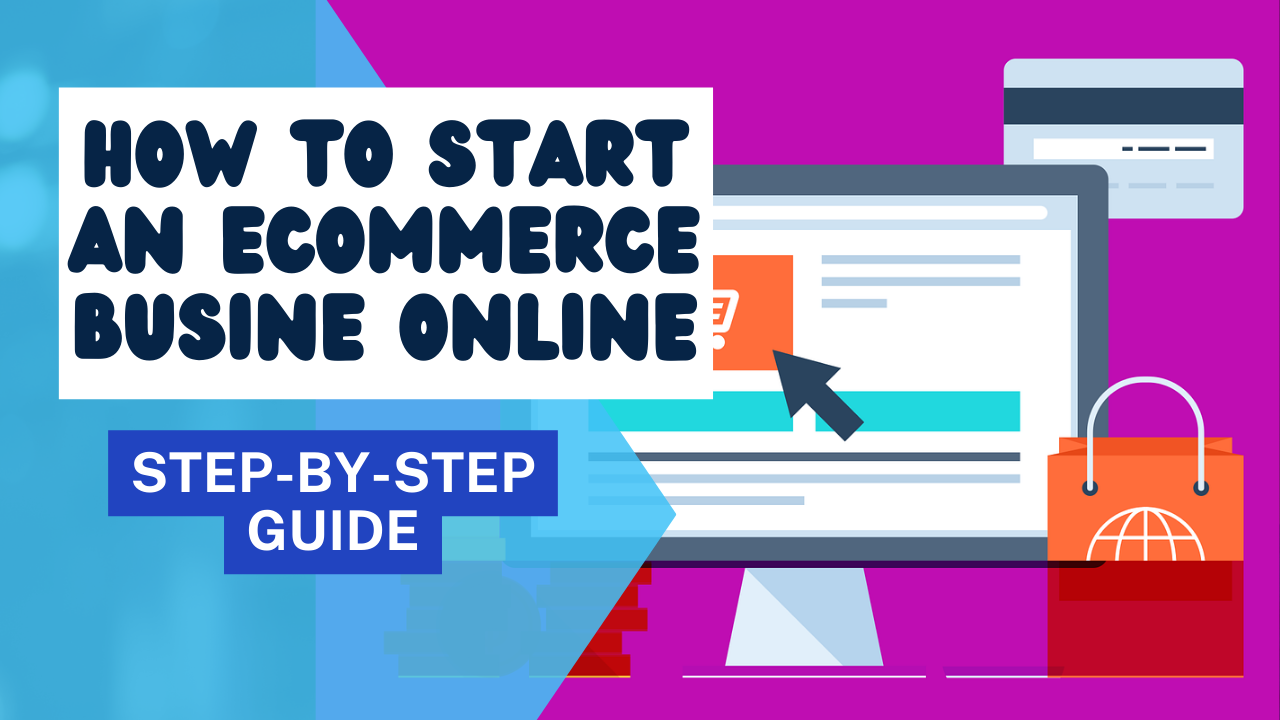
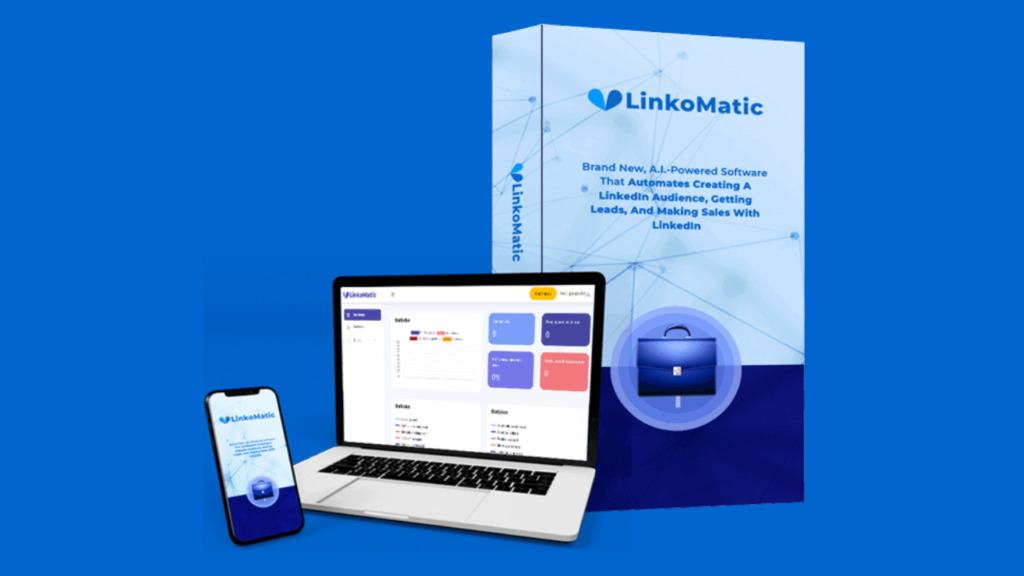
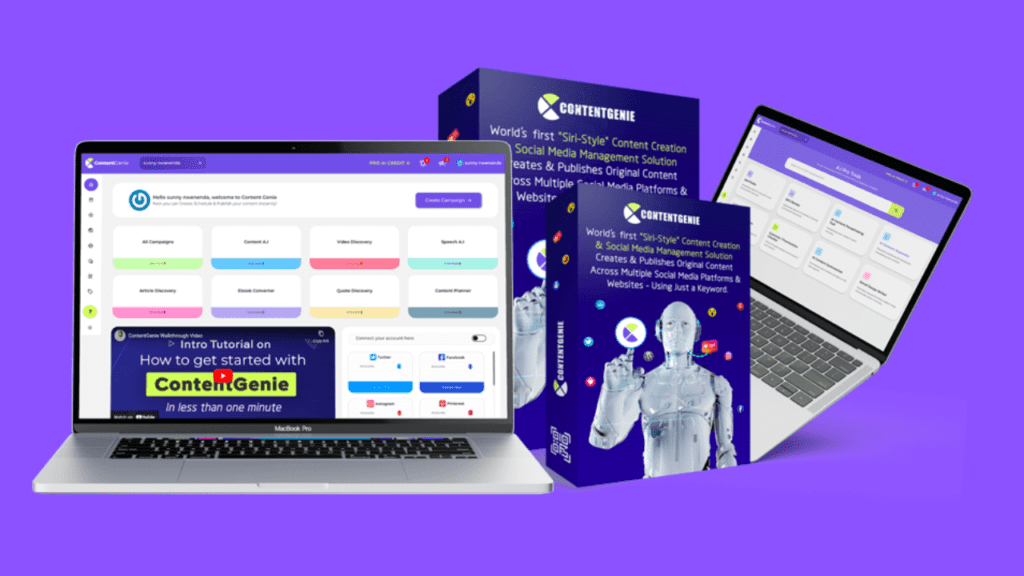



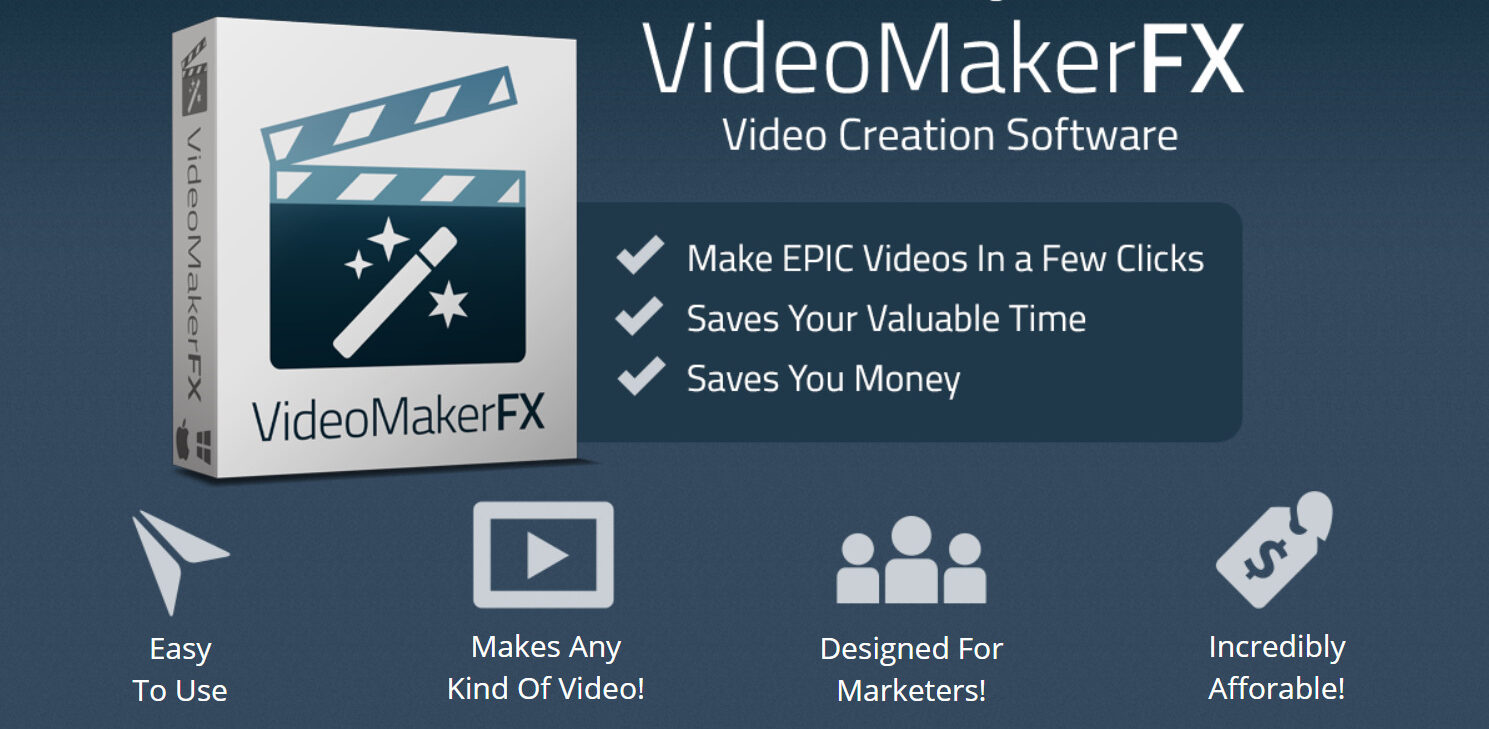




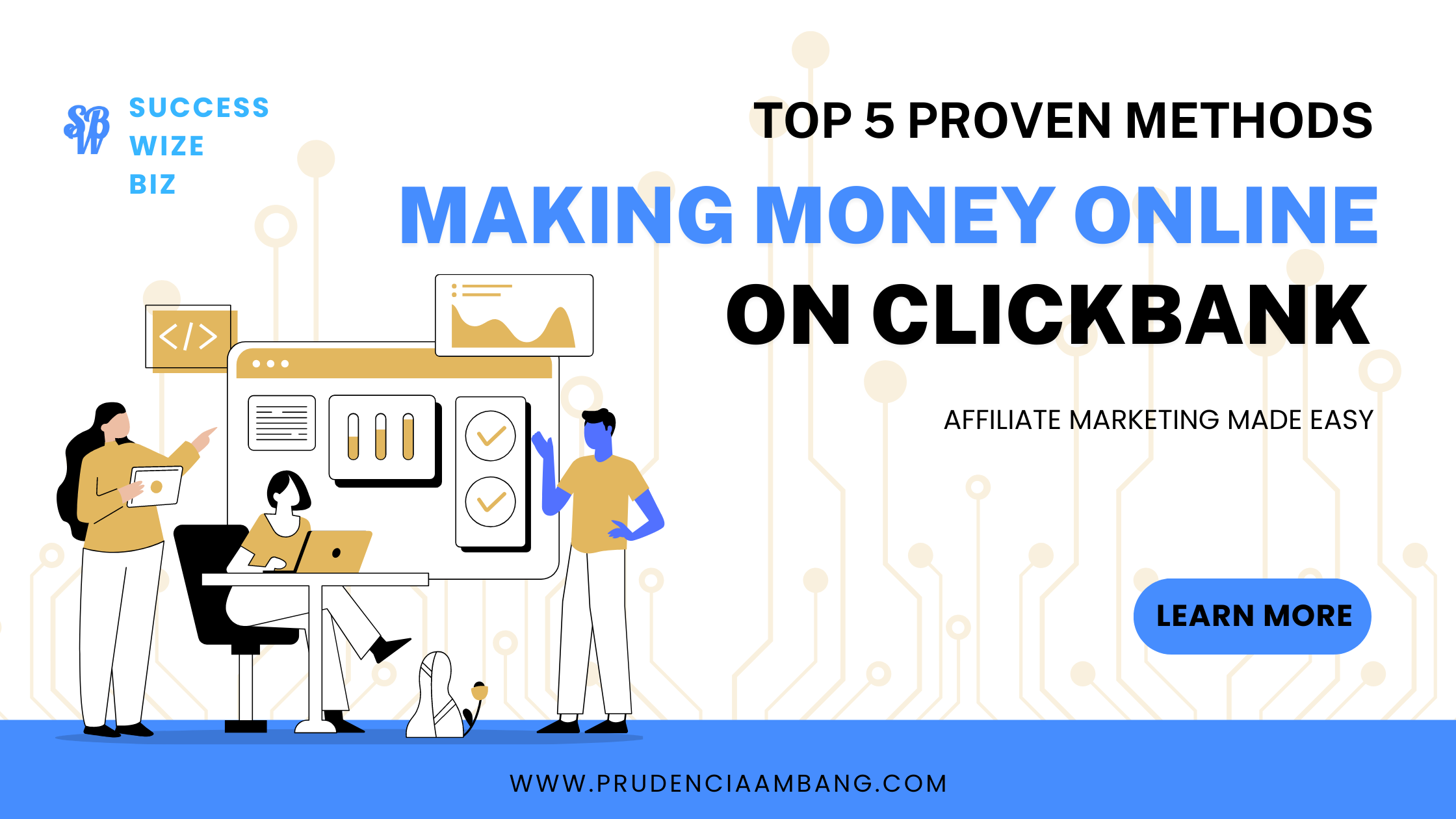

1 Comment
Comments are closed.